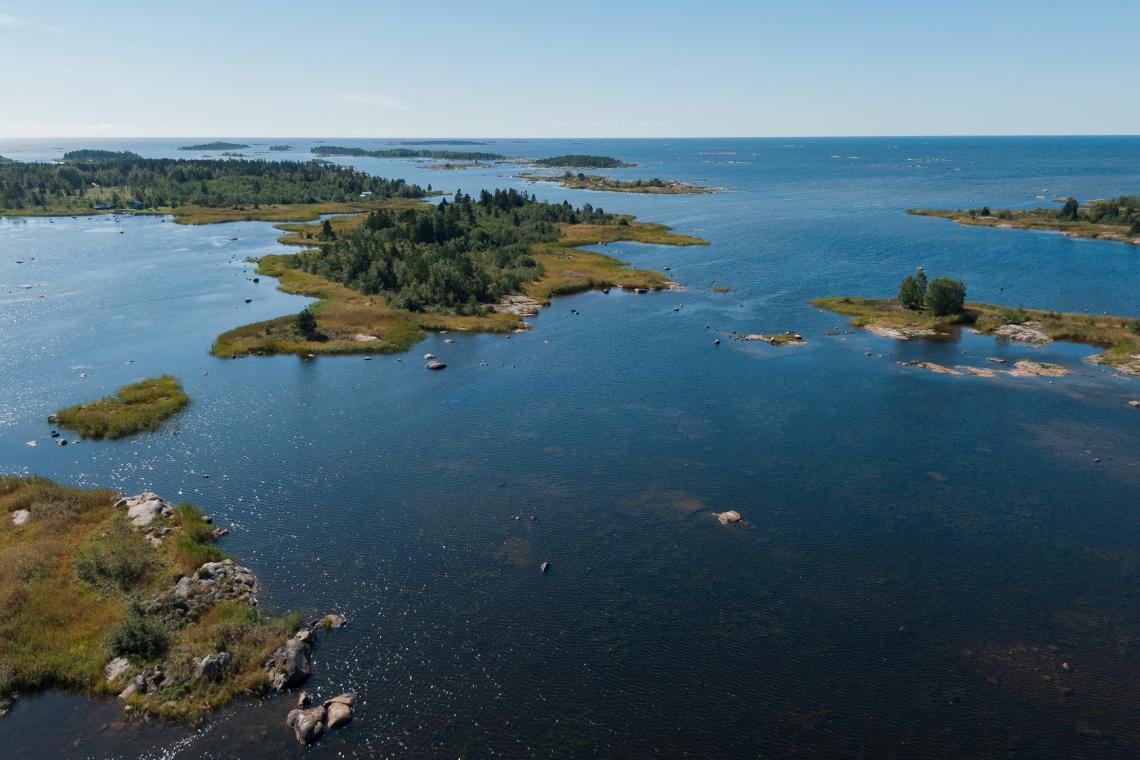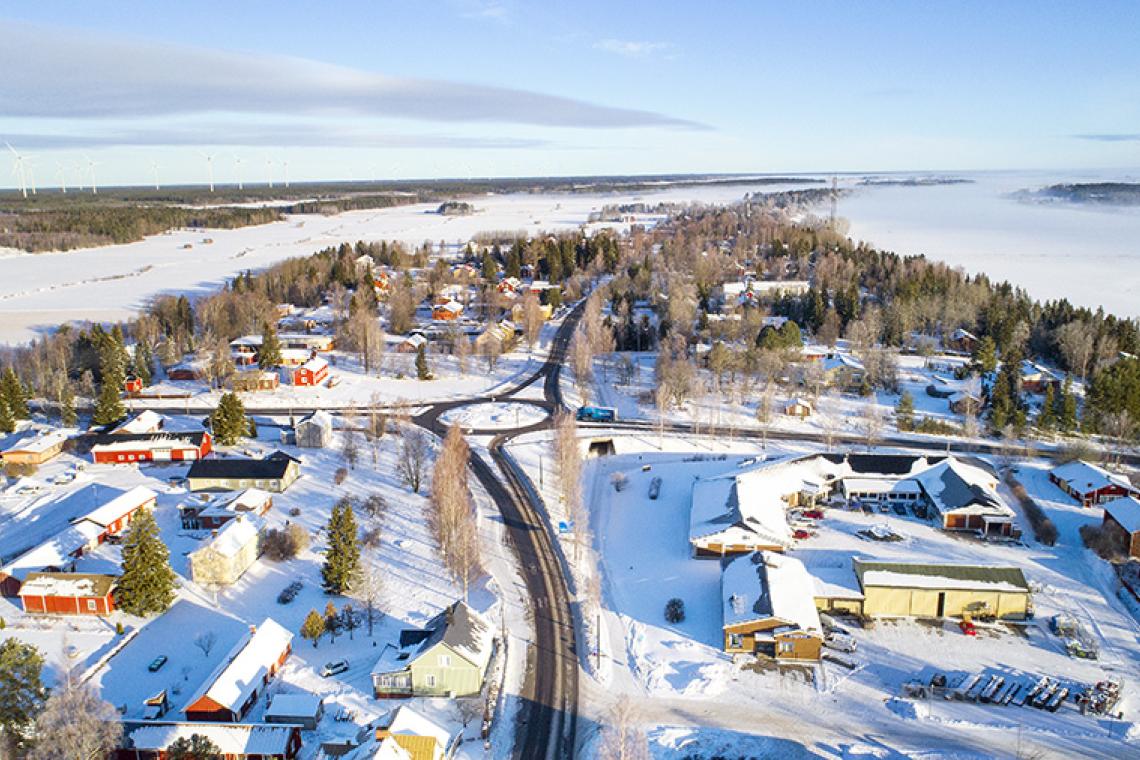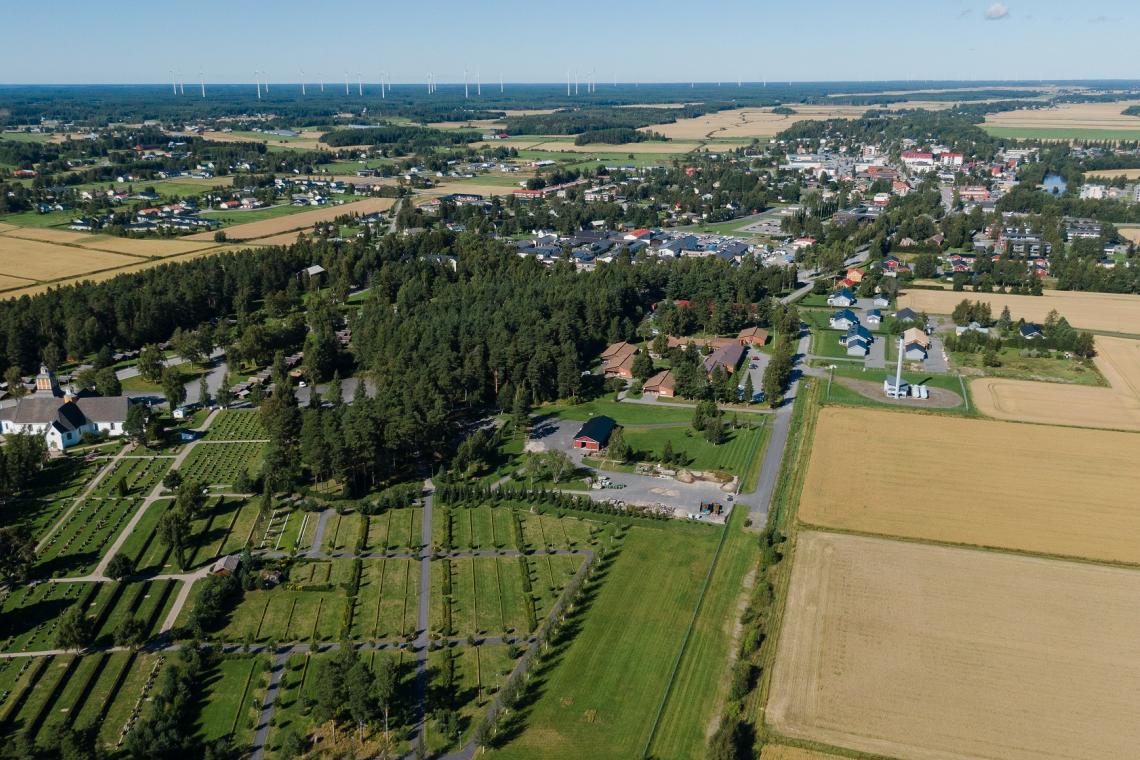Närpes rises from the sea
Land uplift is a very tangible phenomenon in Närpes, where areas that are now forests and fields were formerly ocean floor. The land rises in the Närpes region by just over 8 cm per year and affects the landscape very visibly since the surrounding nature changes as the land rises. In old times land elevation puzzled residents along the coast who did not understand why the shoreline moved. They assumed the amount of seawater was reducing as ports became more shallow and you now had land to grow and farm where previous generations had fished. In the 18th and 19th Century it became possible to notice water level differences and it was apparent that the water level was not dropping at the same rate everywhere. There was a lot of variation in different parts of the Baltic coastline, which led to the conclusion that it was not a question of the water level sinking but rather the land rising up from the sea.
So, now there were new questions to answer. What is causing the land rise? Was the earth at first hot and now cooling down and wrinkling up, causing uneven development? In the mid-18th Century the theory that large parts of the northern globe had once been covered by large masses of ice was introduced. Over time it became clear that the ice sheet which covered the area during the last glacial period 10 000 years ago, was pushing down on the earth’s crust. After the ice sheet melted, the crust slowly but surely rises again letting new dry land areas emerge, approximately 1 km², i.e. 100 ha, every year. The land uplift is concentrated to the Kvarken-region because the ice sheet over Northern Europe was at its thickest right here, about 3000 metres, causing the crust to be pushed down more and subsequently now rise more. According to estimates, in 2000 years the land mass will have increased to such an extent in the Kvarken-region that there will be a land connection over to Sweden. In recent years, there have been speculations that climate change causing polar ice to melt and seawater levels to rise, could affect land uplift. It might even be possible that the land uplift and the water level increase will take each other out.



